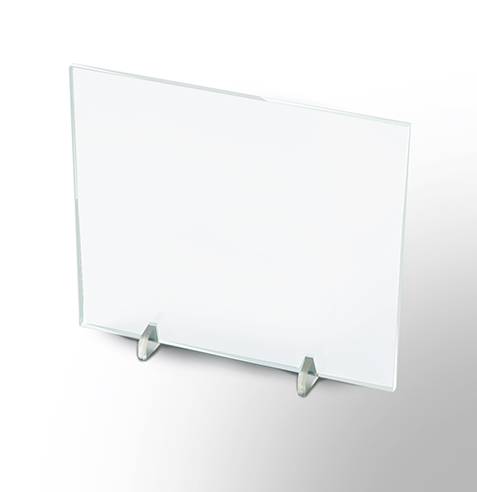
SIG® Reflective Glass
SIG’s Reflective Glass, features a metallic coating applied to one surface. This finely crafted coating, often composed of aluminum or advanced magnetron sputtered materials, reflects a substantial portion of incident light. The reflective properties offer solar control benefits by reducing heat gain and can also be deliberately applied for architectural design purposes.
Color
Size
Width: from 120 cm to 300 cm
Height: from 120 cm to 300 cm

Photos


Production: Combination of Glass and Coating
The foundation for SIG’s reflective glass lies in standard clear float glass production. After the float process yields flat glass sheets, a thin metallic layer is applied to one surface. There are two primary coating techniques:
- Sputtering: In this method, the metallic or metallic oxide coating is deposited onto the glass surface in a vacuum chamber using a sputtering target. Electric current bombards the target, ejecting atoms that adhere to the glass surface, forming a thin, uniform film.
- Chemical Vapor Deposition (CVD): This approach involves introducing a gaseous precursor material into a chamber containing the glass substrate. The precursor reacts chemically on the glass surface, depositing a thin film of the anticipated coating.
The chosen metallic layer, typically consisting of silver, aluminum, or a combination of both, dictates the reflective properties of the final product. Following the coating process, the glass may endure additional treatments to enhance durability or achieve specific functionalities.

Key Properties and Distinctive Features
- Mirror-Like Reflection: The metallic coating imparts a mirror-like quality to the coated surface. This allows for reflection of the surrounding environment, creating a visually impactful facade or offering a degree of privacy while maintaining outward visibility.
- Solar Control: The reflective coating absorbs and reflects a portion of the solar spectrum, depending on the type and thickness of the coating. This helps regulate interior temperature, reduce glare, and contribute to improved energy efficiency within buildings.
- Appearance and Aesthetics: SIG’s reflective glass offers a variety of aesthetic effects depending on the chosen coating and its transparency. Highly reflective coatings create a mirrored facade, while lower reflectivity allows for a glimpse into the interior, offering a more subtle aesthetic enhancement.
- Visual Privacy: The one-way mirror effect inherent in SIG’s reflective glass provides a degree of privacy for building occupants during daylight hours. The mirrored surface reflects the exterior environment, while those outside see a distorted reflection, providing a sense of privacy without sacrificing natural light transmission.

Applications: Balancing Functionality and Aesthetics
- Exterior Cladding: SIG’s reflective glass is a popular choice for building facades, curtain walls, and spandrel panels. The mirrored surface creates a conspicuous visual statement, while the solar control properties contribute to energy efficiency.
- High-Rise Buildings: SIG’s reflective glass is often used in high-rise buildings due to its ability to reduce solar heat gain and glare, improving occupant comfort and reducing energy consumption for cooling.
- Urban Design: The use of SIG’s reflective glass in urban environments can create a dynamic interplay of light and reflection, adding a modern aesthetic to the cityscape.
- Privacy Applications: SIG’s reflective glass can be employed for windows or partitions in situations where a degree of privacy is desired while maintaining natural light penetration. This can be beneficial for office spaces, conference rooms, or retail display areas.









